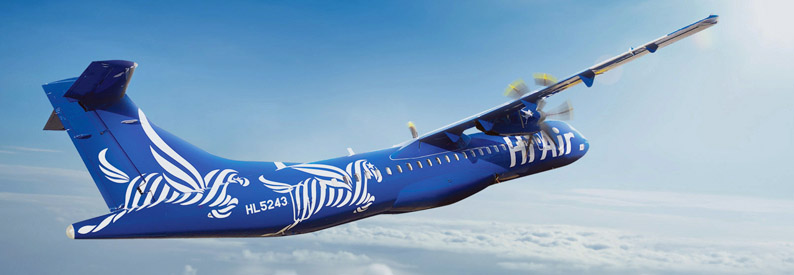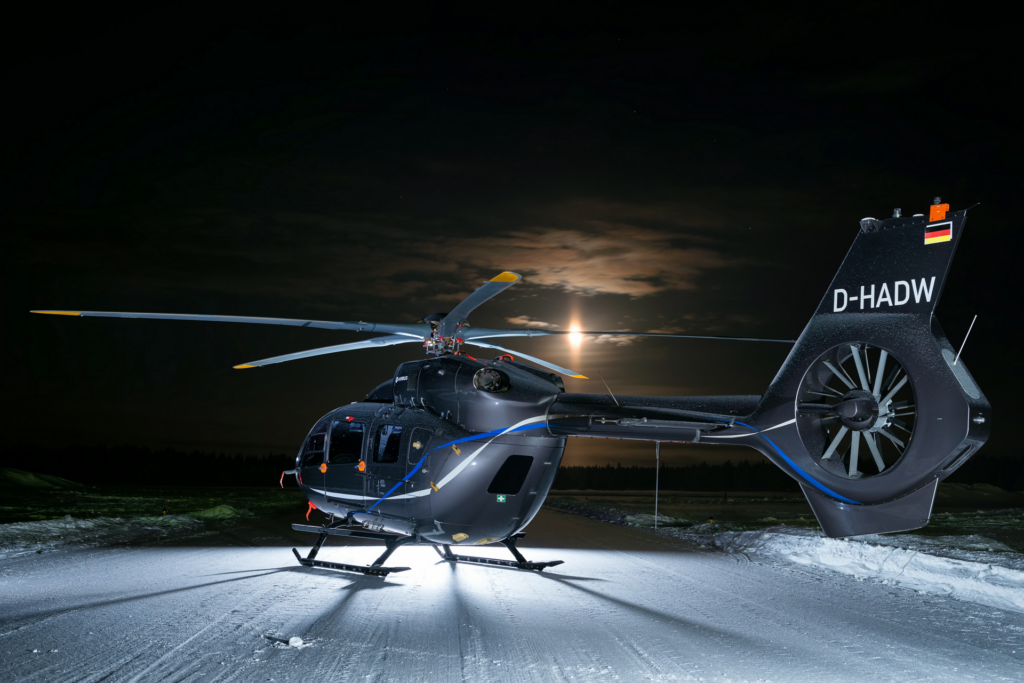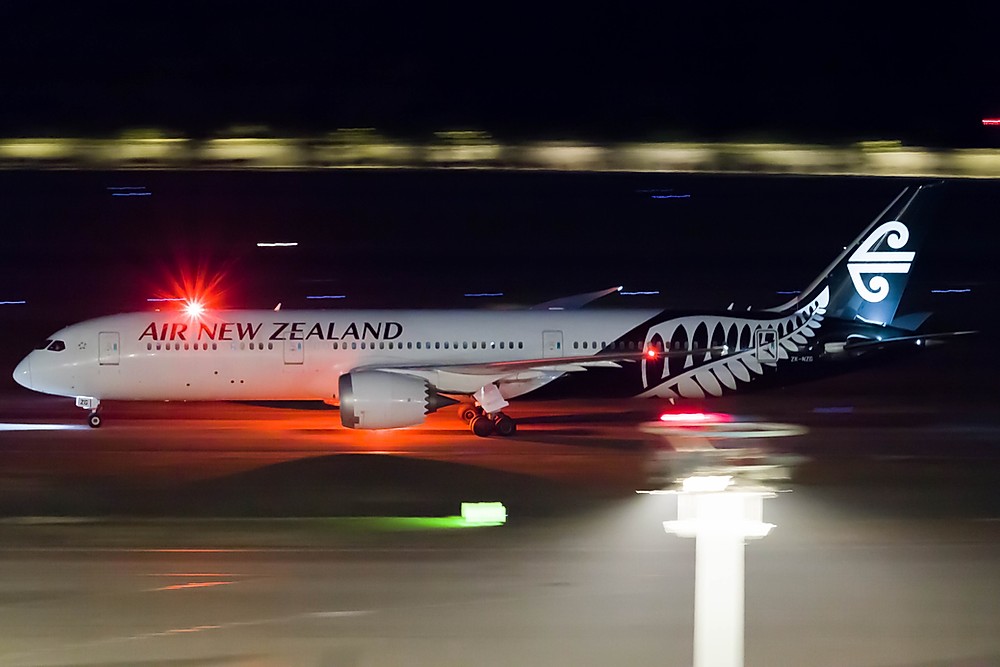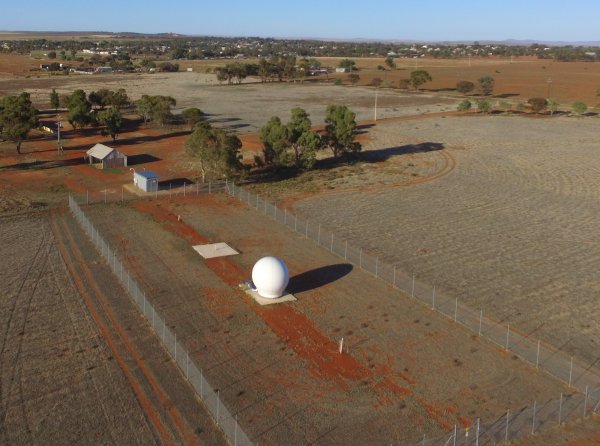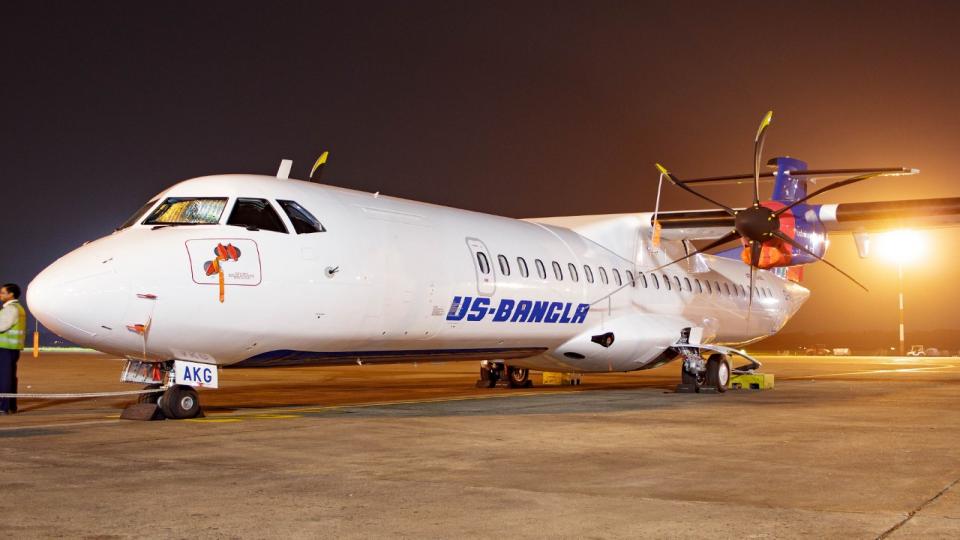- Airline doubles its fleet as domestic operations continue to grow
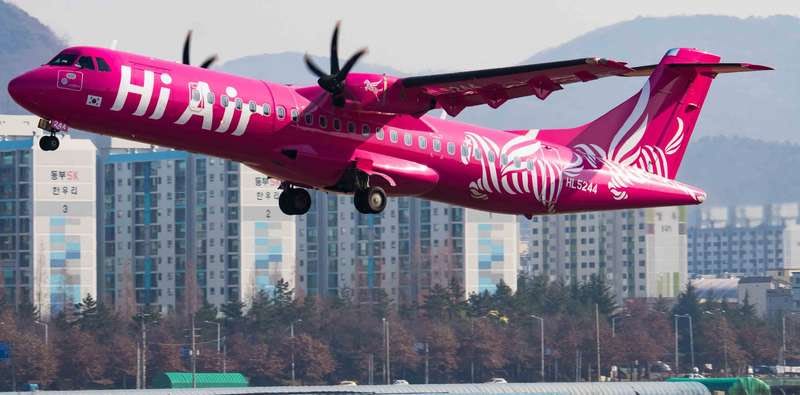
ATR today announces the sale of two ATR 72-500 aircraft from its asset management portfolio to Hi Air. With this purchase, the South Korean start-up, which began operations in December 2019 will increase its ATR fleet to four. The two additional aircraft will be delivered in August and October. Supported by the superior economics and versatility of the ATR 72, which burns 40% less fuel and emits 40% less CO2 than a comparable regional jet, the airline is already ready to grow its fleet and expand the number of routes it offers. This summer, Hi Air will launch services on five domestic routes, including to the popular tourist destination of Jeju Island. ATR aircraft are proven route openers, having opened 164 routes globally in 2019.
Hi Air’s capacity for growth at this time also illustrates the resilience of the regional aviation market which is likely to make a faster recovery, with domestic short haul routes proving to be the first to resume as countries around the world begin to lift lockdown restrictions. The airline continued to serve passengers during the Covid pandemic, ensuring connectivity to Korean communities. Regional aviation will continue to play an important role for communities and economies worldwide, ensuring vital access for families, businesses and essential supplies – supporting the economic recovery in a Post-Covid19 world.
HyungKwan Youn, Chief Executive Officer of Hi Air remarked: “Selecting the ATR 72 to begin operations has been important for Hi Air’s early success. Launching an airline is hugely challenging. To be successful, new airlines need an aircraft that is efficient, reliable and offers passengers a good in-flight experience. To be in a position already to expand our operations is because the ATR fulfills these criteria. At Hi Air, we believe that increasing regional connectivity in Korea will benefit passengers, communities and businesses and we look forward to continuing this mission with the support of ATR.”
ATR Senior Vice President Commercial, Fabrice Vautier, said: “Regional connectivity is more vital than ever and this is why the regional aviation segment will be resilient. In many countries, we are already seeing that domestic and regional routes are the first to return and in the case of Hi Air they continued to fly. Businesses, governments and people around the world are looking for solutions to this crisis and regional aviation has a key role to play. Our ATR aircraft have the right blend of economics and operational versatility to support airlines. Furthermore, with their advantage in fuel burn and CO2 emissions, they are the perfect solution to help aviation emerge from this global recovery as a more sustainable industry.”
